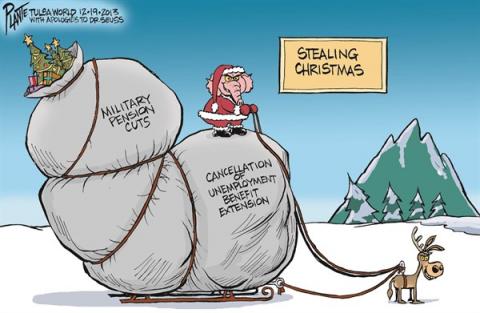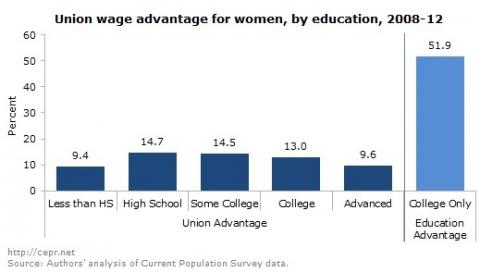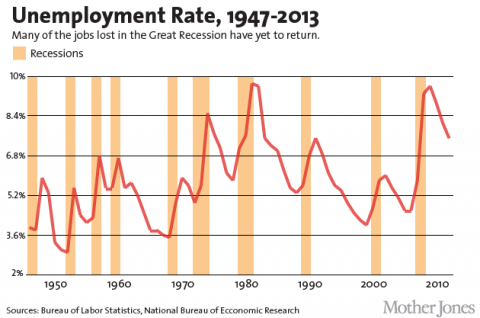Dispatches from the Culture Wars - Close Out the Year Edition
Portside

Pioneering Porn Publisher Al Goldstein Passes Away; Spy Agencies Bring Real Espionage to Virtual Worlds; Duck Dynasty Embraces Jim Crow; Pope Francis Embraces Just Catholic Economics; Islamophobia Pretends to be Feminism








Spread the word